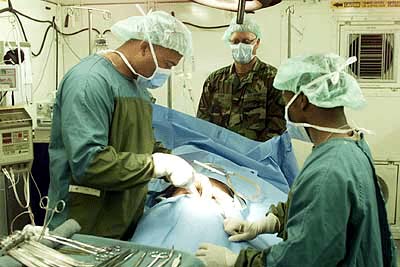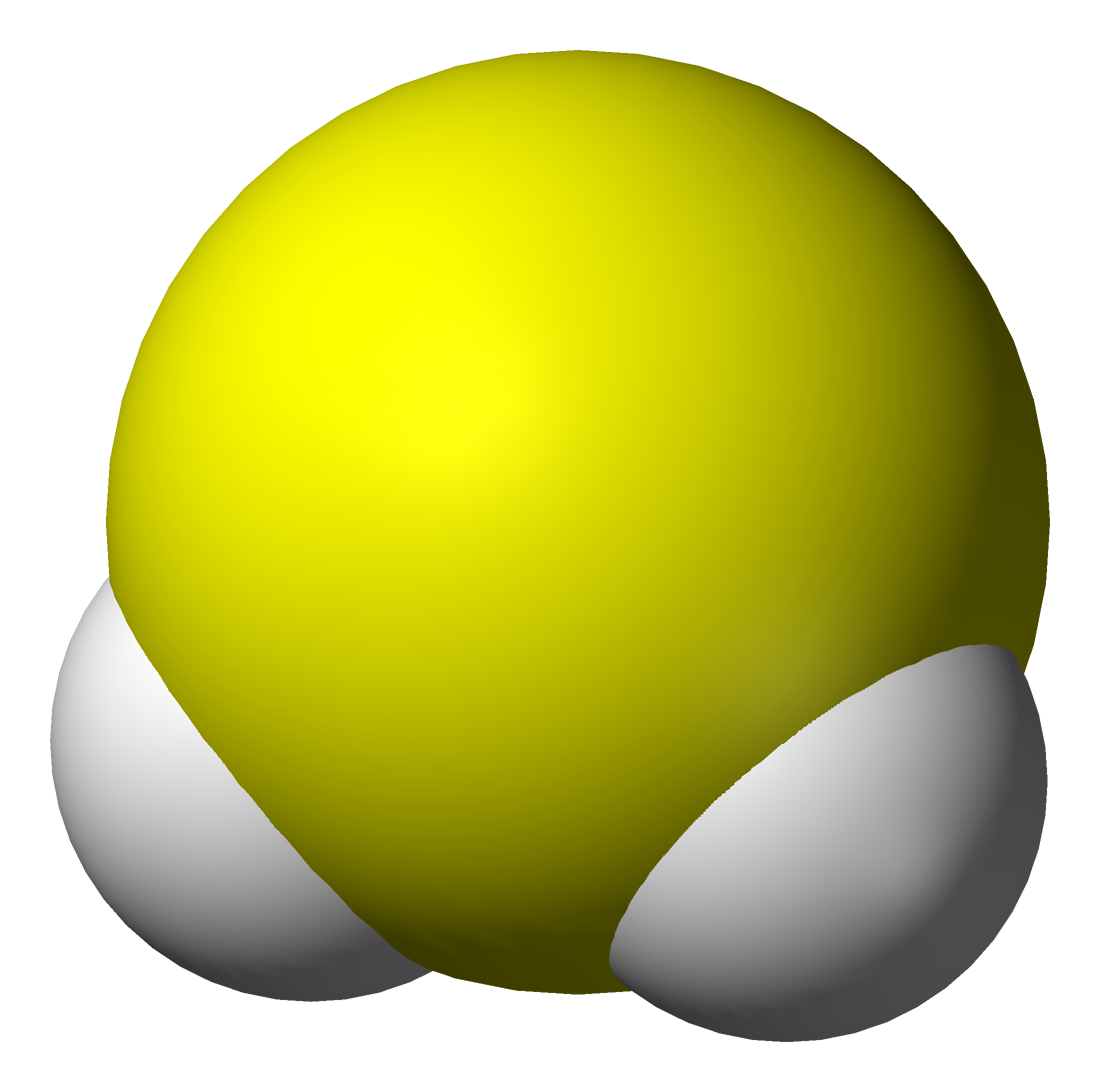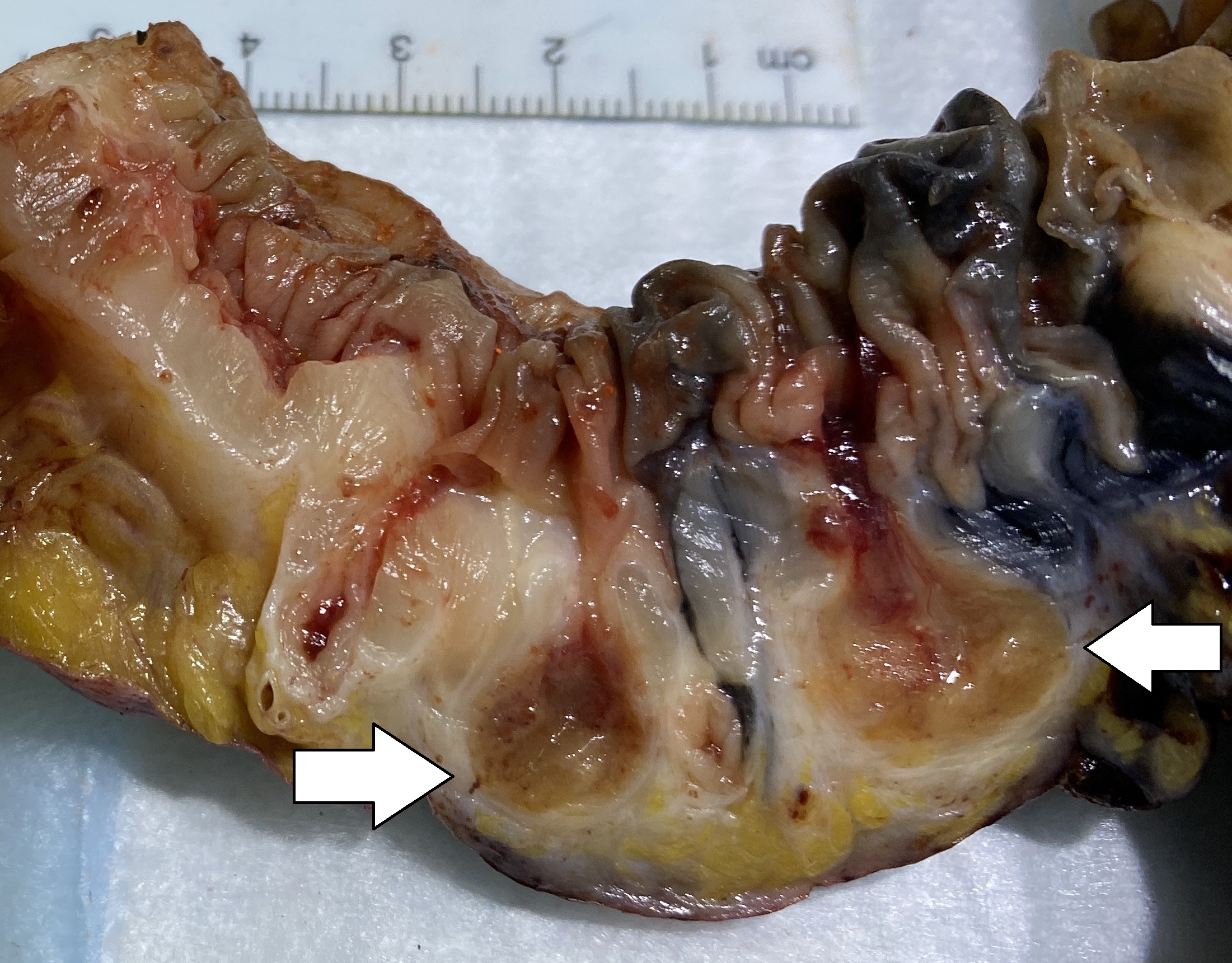|
Appendicolith
A fecalith is a stone made of feces. It is a hardening of feces into lumps of varying size and may occur anywhere in the intestinal tract but is typically found in the colon. It is also called appendicolith when it occurs in the appendix and is sometimes concurrent with appendicitis. They can also obstruct diverticula. It can form secondary to fecal impaction. A '' fecaloma'' is a more severe form of fecal impaction, and a hardened fecaloma may be considered a giant fecalith. The term is from the Greek líthos=stone. Diagnosis * CT scan * Projectional radiography * Ultrasound Complications A small fecalith is one cause of both appendicitis and acute diverticulitis. File:AppendicolithPlainCT.png, Appendicolith as seen on CT File:AppendicolithPlainXray.png, Appendicolith as seen on plain X ray See also * Bezoar * Fecal impaction A fecal impaction or an impacted bowel is a solid, immobile bulk of feces that can develop in the rectum as a result of chronic constipa ... [...More Info...] [...Related Items...] OR: [Wikipedia] [Google] [Baidu] |
Appendicitis
Appendicitis is inflammation of the Appendix (anatomy), appendix. Symptoms commonly include right lower abdominal pain, nausea, vomiting, fever and anorexia (symptom), decreased appetite. However, approximately 40% of people do not have these typical symptoms. Severe complications of a ruptured appendix include widespread, agonising and awful peritonitis, inflammation of the inner lining of the abdominal wall and sepsis. Appendicitis is primarily caused by a blockage of the Lumen (anatomy), hollow portion in the appendix. This blockage typically results from a Fecalith, faecolith, a calcified "stone" made of feces. Some studies show a correlation between appendicoliths and disease severity. Other factors such as inflamed Mucosa-associated lymphoid tissue, lymphoid tissue from a viral infection, Human parasite, intestinal parasites, gallstone, or Neoplasm, tumors may also lead to this blockage. When the appendix becomes blocked, it experiences increased pressure, reduced blood f ... [...More Info...] [...Related Items...] OR: [Wikipedia] [Google] [Baidu] |
General Surgery
General surgery is a Surgical specialties, surgical specialty that focuses on alimentary canal and Abdomen, abdominal contents including the esophagus, stomach, small intestine, large intestine, liver, pancreas, gallbladder, Appendix (anatomy), appendix and bile ducts, and often the thyroid gland. General surgeons also deal with diseases involving the human skin, skin, breast, soft tissue, trauma (medicine), trauma, peripheral artery disease and hernias and perform endoscopic as such as gastroscopy, colonoscopy and laparoscopic procedures. Scope General surgeons may sub-specialise into one or more of the following disciplines: Trauma surgery In many parts of the world including North America, Australia and the UK, United Kingdom, the overall responsibility for major trauma, trauma care falls under the auspices of general surgery. Some general surgeons obtain advanced training in this field (most commonly surgical critical care) and specialty certification surgical critical ... [...More Info...] [...Related Items...] OR: [Wikipedia] [Google] [Baidu] |
Feces
Feces (also known as faeces American and British English spelling differences#ae and oe, or fæces; : faex) are the solid or semi-solid remains of food that was not digested in the small intestine, and has been broken down by bacteria in the large intestine. Feces contain a relatively small amount of metabolic waste products such as bacterially-altered bilirubin and dead epithelial cells from the lining of the gut. Feces are discharged through the anus or cloaca during defecation. Feces can be used as fertilizer or soil conditioner in agriculture. They can also be burned as dry animal dung fuel, fuel or dried and used for wattle and daub, construction. Some medicinal uses have been found. In the case of human feces, fecal transplants or fecal bacteriotherapy are in use. Urine and feces together are called excretion, excreta. Characteristics The distinctive odor of feces is due to skatole, and thiols (sulfur-containing compounds), as well as amines and carboxylic acids. Sk ... [...More Info...] [...Related Items...] OR: [Wikipedia] [Google] [Baidu] |
Colon (anatomy)
The large intestine, also known as the large bowel, is the last part of the gastrointestinal tract and of the digestive system in tetrapods. Water is absorbed here and the remaining waste material is stored in the rectum as feces before being removed by defecation. The colon (progressing from the ascending colon to the transverse, the descending and finally the sigmoid colon) is the longest portion of the large intestine, and the terms "large intestine" and "colon" are often used interchangeably, but most sources define the large intestine as the combination of the cecum, colon, rectum, and anal canal. Some other sources exclude the anal canal. In humans, the large intestine begins in the right iliac region of the pelvis, just at or below the waist, where it is joined to the end of the small intestine at the cecum, via the ileocecal valve. It then continues as the colon ascending the abdomen, across the width of the abdominal cavity as the transverse colon, and then desce ... [...More Info...] [...Related Items...] OR: [Wikipedia] [Google] [Baidu] |
Appendix (anatomy)
The appendix (: appendices or appendixes; also vermiform appendix; cecal (or caecal, cæcal) appendix; vermix; or vermiform process) is a finger-like, blind-ended tube connected to the cecum, from which it develops in the embryo. The cecum is a pouch-like structure of the large intestine, located at the junction of the small and the large intestines. The term " vermiform" comes from Latin and means "worm-shaped". The appendix was once considered a vestigial organ, but this view has changed since the early 2000s. Research suggests that the appendix may serve as a reservoir for beneficial gut bacteria. Structure The human appendix averages in length, ranging from . The diameter of the appendix is , and more than is considered a thickened or inflamed appendix. The longest appendix ever removed was long. The appendix is usually located in the lower right quadrant of the abdomen, near the right hip bone. The base of the appendix is located beneath the ileocecal valve tha ... [...More Info...] [...Related Items...] OR: [Wikipedia] [Google] [Baidu] |
Diverticula
In medicine or biology, a diverticulum is an outpouching of a hollow (or a fluid-filled) structure in the body. Depending upon which layers of the structure are involved, diverticula are described as being either true or false. In medicine, the term usually implies the structure is not normally present, but in embryology, the term is used for some normal structures arising from others, as for instance the thyroid diverticulum, which arises from the tongue. The word comes from Latin ''dīverticulum'', "bypath" or "byway". Classification Diverticula are described as being true or false depending upon the layers involved: *False diverticula (also known as "pseudodiverticula") do not involve muscular layers or adventitia. False diverticula, in the gastrointestinal tract for instance, involve only the submucosa and mucosa, such as Zenker's diverticulum. False diverticula are typically synonymous with Pulsion diverticulum, pulsion diverticula, which describes the mechanism of form ... [...More Info...] [...Related Items...] OR: [Wikipedia] [Google] [Baidu] |
Fecal Impaction
A fecal impaction or an impacted bowel is a solid, immobile bulk of feces that can develop in the rectum as a result of chronic constipation (a related term is fecal loading which refers to a large volume of stool in the rectum of any consistency). Fecal impaction is a common result of neurogenic bowel dysfunction and causes immense discomfort and pain. Its treatment includes laxatives, enemas, and pulsed irrigation evacuation (PIE) as well as digital removal. It is not a condition that resolves without direct treatment. Signs and symptoms Symptoms of a fecal impaction include the following: * Chronic constipation * Fecal incontinence – paradoxical overflow diarrhea ( encopresis) as a result of liquid stool passing around the obstruction * Abdominal pain and bloating * Loss of appetite Complications may include necrosis and ulcers of the rectal tissue, which if untreated can cause death. Causes There are many possible causes; these include a long period of physical ina ... [...More Info...] [...Related Items...] OR: [Wikipedia] [Google] [Baidu] |
Projectional Radiography
Projectional radiography, also known as conventional radiography, is a form of radiography and medical imaging that produces two-dimensional images by X-ray radiation. The image acquisition is generally performed by radiographers, and the images are often examined by radiologists. Both the procedure and any resultant images are often simply called 'X-ray'. Plain radiography or roentgenography generally refers to projectional radiography (without the use of more advanced techniques such as CT scan, computed tomography that can generate 3D-images). ''Plain radiography'' can also refer to radiography without a radiocontrast agent or radiography that generates single static images, as contrasted to fluoroscopy, which are technically also projectional. Equipment X-ray generator Projectional radiographs generally use X-rays created by X-ray generators, which generate X-rays from X-ray tubes. Grid An anti-scatter grid may be placed between the patient and the detector to reduce the q ... [...More Info...] [...Related Items...] OR: [Wikipedia] [Google] [Baidu] |
Diverticulitis
Diverticulitis, also called colonic diverticulitis, is a gastrointestinal disease characterized by inflammation of abnormal pouches—Diverticulum, diverticula—that can develop in the wall of the large intestine. Symptoms typically include lower abdominal pain of sudden onset, but the onset may also occur over a few days. There may also be nausea, diarrhea or constipation. Fever or blood in the stool suggests a complication. People may experience a single attack, repeated attacks, or ongoing "smoldering" diverticulitis. The causes of diverticulitis are unclear. Risk factors may include obesity, lack of exercise, smoking, a family history of the disease, and use of nonsteroidal anti-inflammatory drugs (NSAIDs). The role of a low fiber diet as a risk factor is unclear. Having pouches in the large intestine that are not inflamed is known as diverticulosis. Inflammation occurs between 10% and 25% at some point in time and is due to a bacterial infection. Diagnosis is typically by ... [...More Info...] [...Related Items...] OR: [Wikipedia] [Google] [Baidu] |
Bezoar
A bezoar stone ( ) is a mass often found trapped in the gastrointestinal system, though it can occur in other locations. A pseudobezoar is an indigestible object introduced intentionally into the digestive system. There are several varieties of bezoar, some of which have inorganic constituents and others organic compound, organic. The term has both modern (medical, scientific) and traditional usage. Types By content * Food bolus (digestion), boluses (or boli; singular bolus) have the archaic and positive meaning of bezoar, and are composed of loose aggregates of food items such as seeds, fruit pith, or pits, as well as other types of items such as shellac, bubble gum, soil, and concretions of some medications. * Lactobezoars are a specific type of food bezoar consisting of inspissated milk. It is most commonly seen in premature infants receiving formula foods. * Pharmacobezoars (or medication bezoars) are mostly tablets or semiliquid masses of drugs, normally found following an ... [...More Info...] [...Related Items...] OR: [Wikipedia] [Google] [Baidu] |




